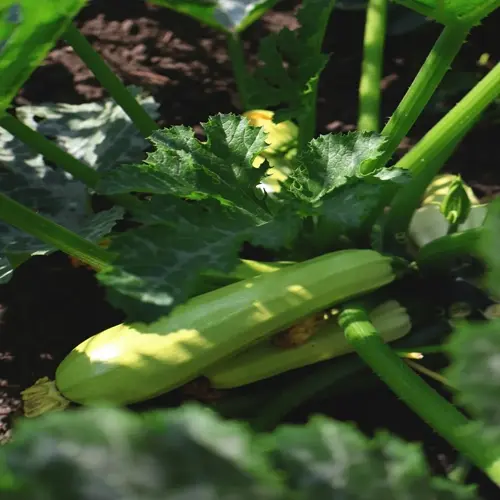Can I use regular garden soil in vertical planters?

Written by
Olivia Mitchell
Reviewed by
Prof. Samuel Fitzgerald, Ph.D.Routine garden soil creates numerous problems in vertical planters. Heavy texture causes compaction, and drainage is poor. Weed seeds present unwanted competition. Soil-borne pathogens spread quickly in small areas. Special proprietary mixes prevent these problems for healthier herbs.
Mixing Process
- Combine dry components thoroughly
- Moisten mix before planting
- Test drainage with water test
Drainage Enhancement
- Add gravel to container bases
- Create multiple drainage holes
- Use fabric liners in pallet systems
Maintenance
- Refresh topsoil annually
- Add compost tea monthly
- Check compaction quarterly
Coco coir is significantly better than peat moss. Coir maintains moisture without staying wet. It has a neutral pH, so it does not need adjustment. It decomposes more slowly than peat moss. Thus, it is more sustainable for vertical gardening.
The formula of perlite particles affects the air circulation within an aeroponic system. The coarser ¼ pieces allow for ideal air pockets to form. Finer grades compact faster, reducing the effectiveness of perlite. Perlite is used to help prevent soil from settling in vertical planters, which maintains more consistent root zone characteristics.
Compost quality determines nutrient availability. Use fully decomposed material without odors. Screen out large woody pieces. Worm castings offer concentrated nutrition. Blend multiple compost sources to achieve a balanced feeding regimen.
A layer of gravel helps prevent drainage disasters. Use a depth of 1 inch and place the gravel at the bottom of containers. Use pea gravel for small planters, and crushed granite for larger systems. This gravel barrier keeps soil from clogging drainage holes.
Craft your ideal mix today: 4 parts coco coir with 3 parts perlite, 2 parts compost, and 1 part vermiculite. Gravel in each container. This will give a good base for your vertical herbs.
Read the full article: 12 Vertical Gardening Herbs You Can't Miss

